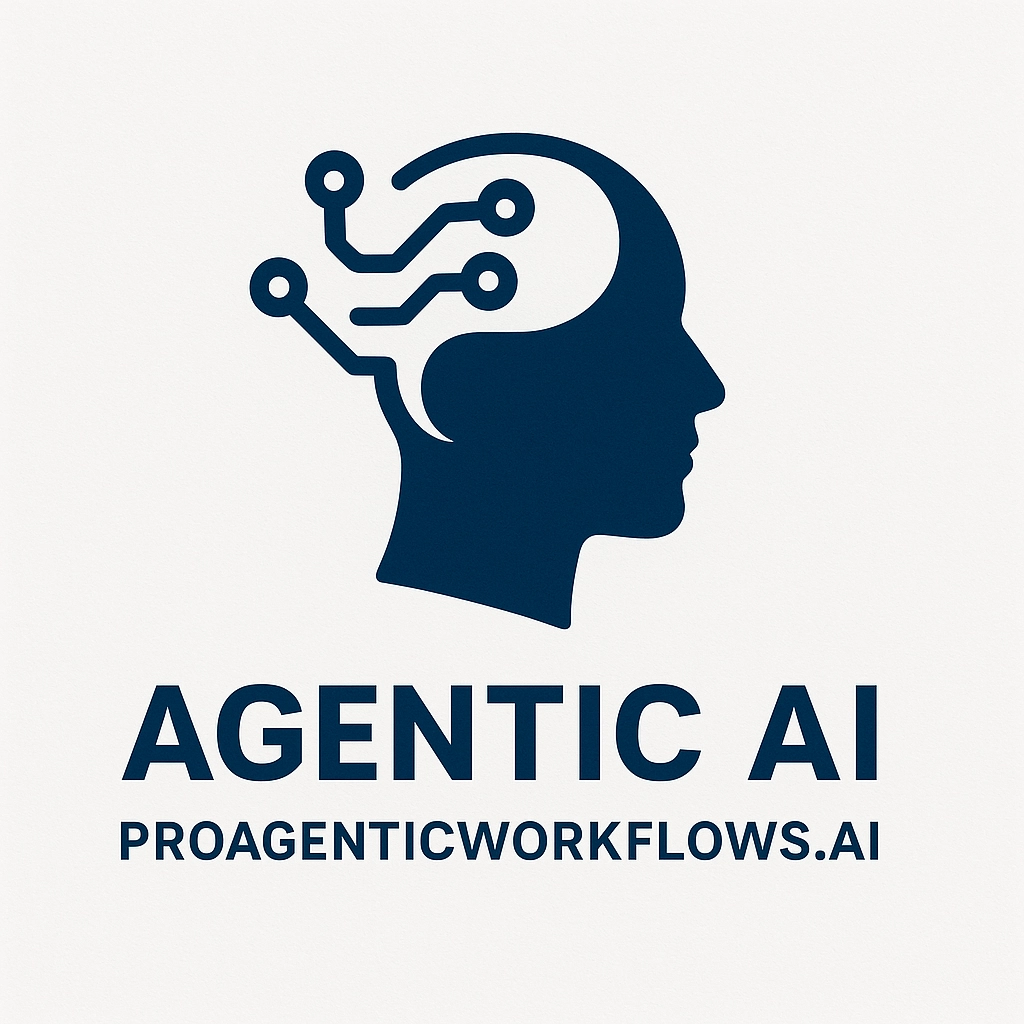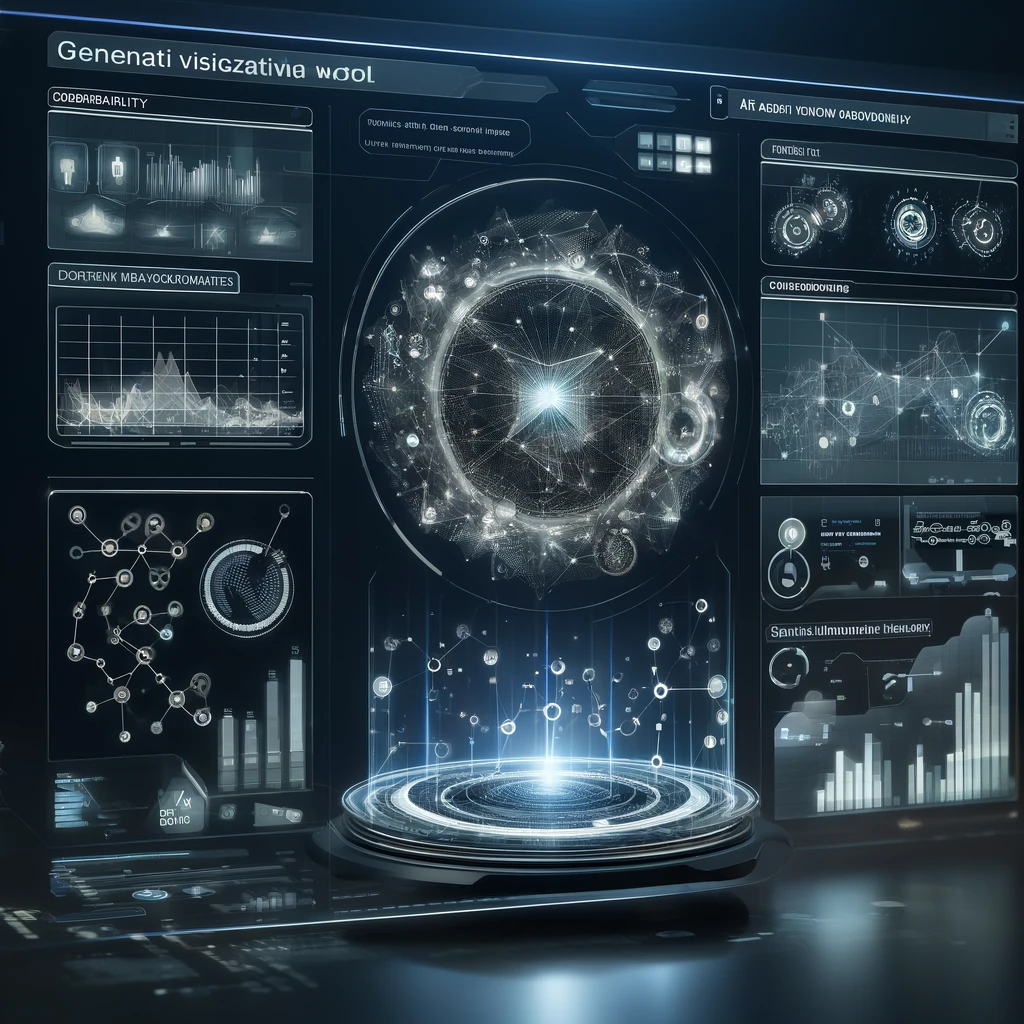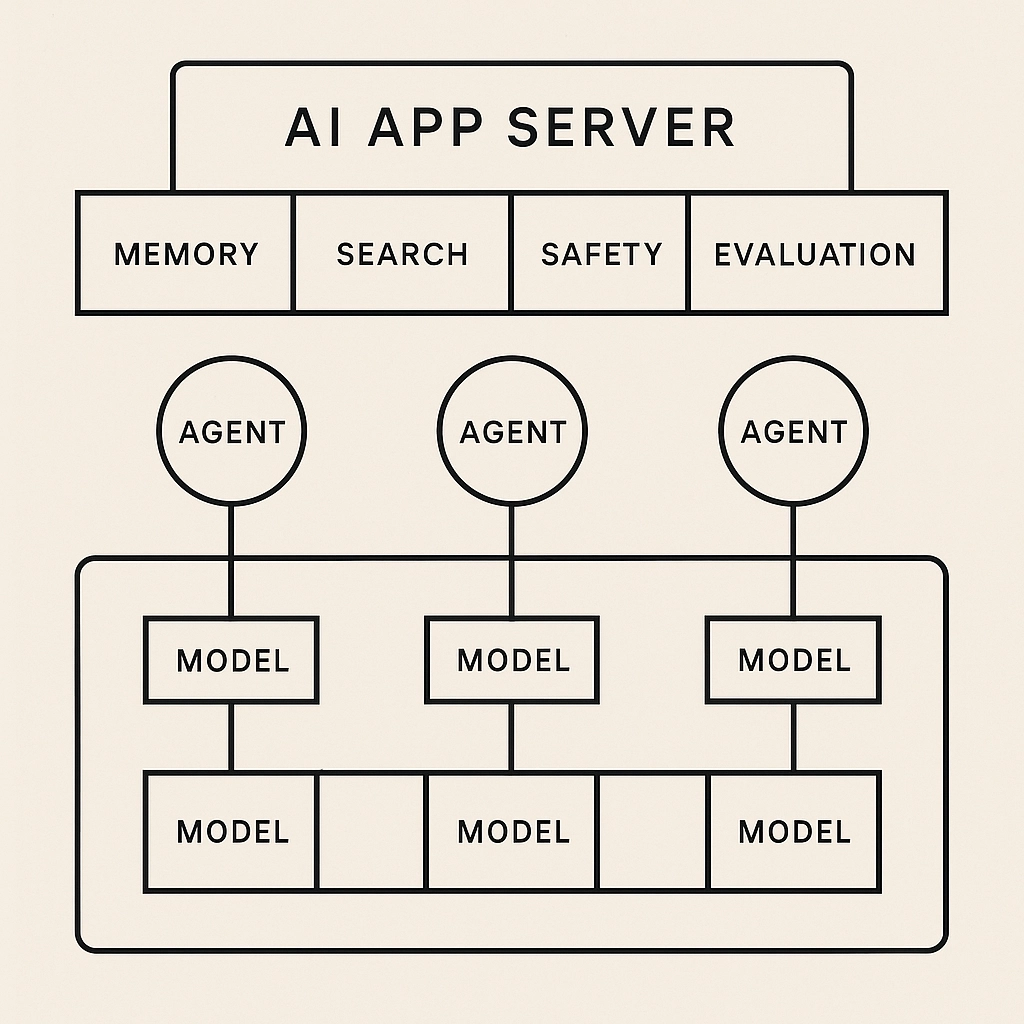Generative AI and Agentic AI Workflows are revolutionizing how businesses interact with data, automate processes, and build intelligent systems. However, as these systems become increasingly complex, ensuring their reliability, transparency, and performance becomes paramount. Observability and rigorous evaluation frameworks are no longer optional—they are essential.
This blog serves as a comprehensive guide to building an internal observability platform for Generative AI and Agentic Workflows. Whether you're developing AI agents, orchestrating multi-agent systems, or fine-tuning LLM-based workflows, this guide will help you design a scalable, transparent, and efficient observability solution.
I. Core Infrastructure & Data Handling
1. Scalable Data Storage:
Selecting the Right Storage: Opt for scalable solutions such as cloud data lakes or NoSQL databases to manage massive volumes of data.
Data Schema Design: Structure data for prompts, responses, agent actions, and evaluation metrics, ensuring easy retrieval and analysis.
Retention Policies: Implement GDPR-compliant retention and backup policies.
2. Data Ingestion Pipelines:
ETL/ELT Pipelines: Use tools like Apache Kafka or Airflow for streamlined data ingestion.
Real-Time Streaming: Enable live data monitoring for time-sensitive workflows.
Data Quality Checks: Integrate validation and cleansing mechanisms.
3. OpenTelemetry Integration:
Full-Stack Instrumentation: Implement OpenTelemetry for capturing metrics, logs, and traces across your AI stack.
Custom Instrumentation: Tailor tracing for complex multi-agent workflows.
Exporters & Visualization: Utilize Prometheus, Jaeger, or Grafana for real-time insights.
II. Tracing and Debugging
1. Workflow Tracing:
End-to-End Visibility: Monitor complete agent workflows, from data ingestion to user response.
Consistent Trace IDs: Ensure traceability across all components.
Workflow Visualization: Map agent decision trees and multi-step processes.
2. Prompt and Response Logging:
Detailed Logs: Record prompts, responses, and relevant metadata.
Embedding Storage: Save vector embeddings for semantic analysis.
User Interaction Tracking: Log post-response actions to gauge user satisfaction.
3. Reasoning Visualization:
Decision Mapping: Visualize how agents make decisions at each step.
Replay Features: Enable the replay of decision paths for debugging.
Dependency Graphs: Illustrate dependencies within multi-agent workflows.
III. Evaluation Metrics & Analysis
1. Semantic Similarity Metrics:
Vector-Based Similarity: Employ cosine similarity and Euclidean distance.
Vector Databases: Use FAISS or Pinecone for efficient embedding storage.
Drift Analysis: Monitor semantic drift over time to maintain model integrity.
2. Relevance and Coherence Metrics:
LLM-as-a-Judge: Use fine-tuned models for automated quality assessments.
Topic Coherence: Ensure logical consistency within responses.
Response Diversity: Track variation to avoid repetitive answers.
3. Hallucination & Bias Detection:
Fact-Checking Algorithms: Detect inaccuracies using external data sources.
Bias Metrics: Monitor for demographic or domain-specific biases.
Visualization: Display hallucination and bias rates on dashboards.
4. Prompt Engineering Observability:
Performance Impact Analysis: Correlate prompt variations with output quality.
A/B Testing: Run controlled experiments on different prompt structures.
Historical Tracking: Maintain a timeline of prompt iterations and their effects.
5. Agentic Workflow Monitoring:
Goal Alignment Checks: Ensure agents meet their intended objectives.
Tool Usage Metrics: Analyze how agents use external tools and APIs.
Anomaly Detection: Flag deviations from expected behaviors.
IV. User Interface & Visualization
1. Dashboard Development:
Interactive Visualizations: Create intuitive dashboards for high-level and granular views.
Drill-Down Features: Allow users to explore data at multiple levels.
Custom Metrics: Enable personalized views based on user roles.
2. Data Exploration Tools:
Semantic Search: Implement search capabilities based on embeddings.
Data Filtering: Allow dynamic filtering by time, agent type, and user segments.
Raw Data Access: Enable deep dives into underlying data for advanced users.
3. Alerting and Notifications:
Threshold-Based Alerts: Trigger notifications on critical performance drops.
Anomaly Detection: Use ML models to identify irregular behaviors.
Integration with Communication Tools: Connect alerts to Slack, Teams, or PagerDuty.
V. Feedback Loops & Continuous Improvement
1. Human-in-the-Loop Feedback:
User Ratings & Reviews: Collect user feedback directly on responses.
Feedback-Driven Tuning: Use human insights to fine-tune models.
2. Dataset Curation:
Annotation Tools: Build internal platforms for data labeling.
Version Control: Maintain clear records of dataset versions.
Bias Audits: Regularly review data for hidden biases.
3. Continuous Evaluation Pipelines:
CI/CD Integration: Automate testing for each new model release.
Performance Regression Checks: Ensure new changes don’t degrade quality.
Model Drift Monitoring: Continuously compare live data to baseline metrics.
VI. Security, Compliance & Scalability
1. Security Measures:
Role-Based Access Control (RBAC): Ensure sensitive data is protected.
Encryption: Use industry-standard encryption for data at rest and in transit.
Vulnerability Scans: Regularly audit for security weaknesses.
2. Scalability and Reliability:
Horizontal Scaling: Design microservices that scale efficiently.
Load Balancing: Ensure high availability during traffic spikes.
Disaster Recovery Plans: Implement backup and recovery protocols.
3. Compliance & Governance:
Data Privacy Regulations: Stay compliant with GDPR, CCPA, and other laws.
Audit Trails: Maintain logs for every user interaction and system event.
Transparency Logs: Allow stakeholders to review AI decision processes.
Conclusion:
As Generative AI and Agentic Workflows continue to shape the future of automation and decision-making, building a comprehensive evaluation and observability platform is no longer optional—it’s a necessity. A robust observability framework ensures not only optimal performance but also transparency, fairness, and reliability.
By following this guide, developers and organizations can gain deeper insights into their AI systems, identify inefficiencies, and continuously improve agent performance while mitigating risks. This approach lays the groundwork for future-proof, scalable AI ecosystems.
*For more AI agentic workflow insights, visit: *https://proagenticworkflows.ai






Comments